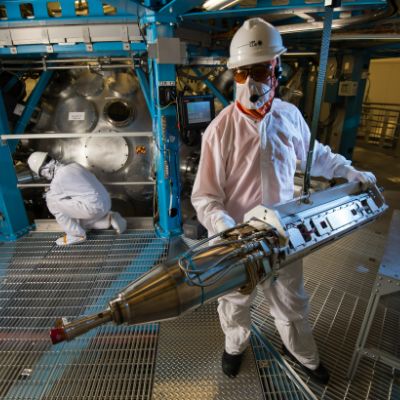
Research excellence and global reputation
We are committed to building and reinvigorating our research ecosystem and leveraging our distinctive strengths.
We will better leverage existing and new industry partnerships as well as our intellectual capital to scale the impact of our research while also seizing upon funding sources from federal and state agencies, the private sector, and foundations to support our efforts. We are committed to building and reinvigorating our research ecosystem as we extend our historical strengths into exciting new areas where we are in a position to lead.
Achievement of this goal
Measures of success
Definitions of measures of success will be coordinated across the University to create consistency and increase transparency. Detailed metrics for each of the following areas will be available via dashboards and updates on our Progress page at the end of our first year.
- External grants supporting research
- Publications, inventions and discipline-specific scholarly works
- Diversity of the faculty, students, and staff
- Honorific awards (external to the University)
- National/International metrics and rankings



